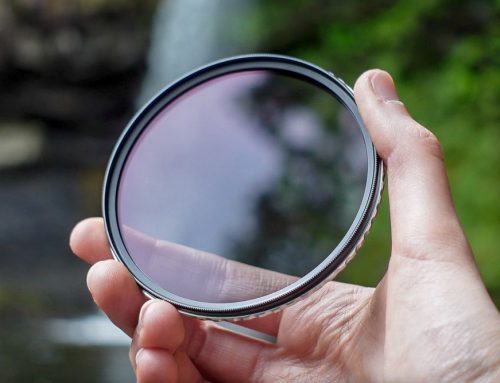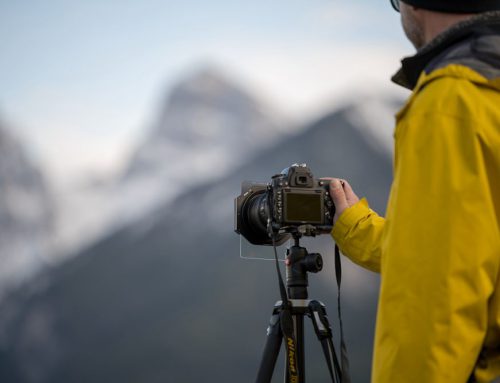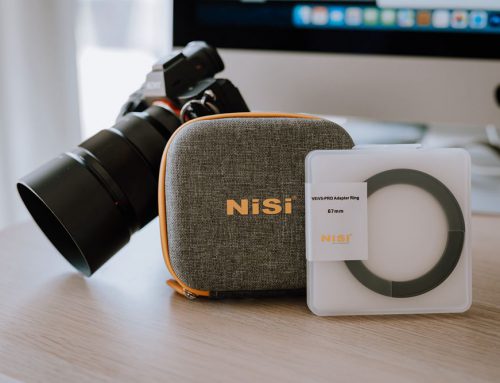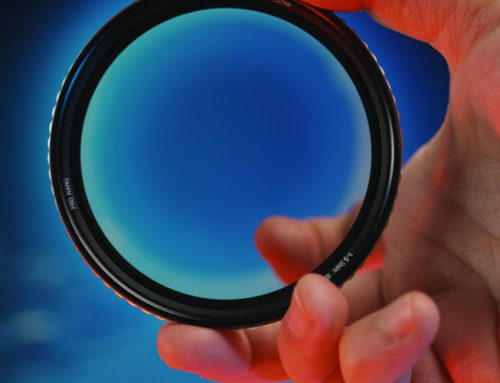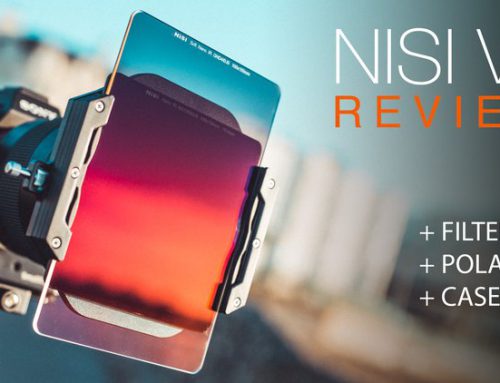Author: Christian Hoiberg
Perhaps it’s the fact that I grew up hours away from the ocean that has made me so fascinated with it today; the longing of being somewhere away from home. Seascape photography brings a lot of extra challenges you need to consider (such as tides and waves) and it requires more attention than many other niches of landscape photography.
While I love rough and rugged seascapes, I’ve learned that filters and seascapes are like a match-made in heaven. Placing a filter in front of the lens and getting creative with the shutter speed can result in some amazing results!
For the last years I’ve been using NiSi filters and I’m extremely satisfied with them. There are certain details to them, such as the Nano Coating, that many take for granted;the Nano Coating is something that comes in handy as an outdoor photographer and especially when photographing seascapes.
In this article, I’ll introduce you to my most used filters for photographing seascapes.
The 3-Stop ND Filter
Ultra-long exposure seascapes are fun but lately I’ve been more fascinated with rugged seascapes that still have a fair amount of details and texture in the water.
In order to keep texture but still register some motion, I’ve found that the ideal shutter speed is between 0.5 and 2 seconds (heavily depending on how quick the waves are moving).
Such a shutter speed can be hard to achieve when using the optimal settings and if it’s still relatively bright outside. That’s where the 3-Stop ND Filter comes in handy: it’s just dark enough to lengthen the exposure time enough to use a semi-slow shutter speed.

Let’s take a look at the image above. As this was slightly after sunrise, it was quickly getting brighter so in order to achieve a shutter speed that registered all the motion in the crashing waves, I needed to use an ND Filter.
I knew that using a 6-Stop or even 10-Stop filter would lead to an exposure time of up to a couple minutes, which would completely blur the water, meaning I wouldn’t get the beautiful textures I was looking for.Without a filter the shutter speed was just too quick to capture the motion I wanted.Sure, I could use a more narrow aperture but that would also affect the overall image quality.
The solution? A NiSi 3-Stop ND Filter. This gave me a shutter speed of 0.8 seconds which was just enough to capture the receding water.
There’s other picture which also used 3-stop ND filter:

NiSi 10-Stop ND Filter
I don’t think you can avoid mentioning a 10-Stop ND Filter when talking about the use of filters for seascape photography. By the looks of it, this is by far the most popular filter amongst seascape photographers and it’s not without a reason.
When I first started using filters I quickly got hooked on the 10-Stop. For anyone who’s new to photography it’s amazing to watch how it instantly takes a regular image and turns it into one with a wow factor.
Long Exposure Photography is a fascinating field and though it takes time to master it, you’ll be surprised when you see how big of an impact the shutter speed has to your images.
The NiSi 10-Stop ND Filter still remains one of my most used filters. While I tend to use the 3 or 6-stop more lately, it’s my go-to filter when the clouds are quickly moving, as I love the effect of the ‘dragged sky’.

Above is a typical example of what you can achieve by using a 10-Stop ND Filter. Using the 10-Stop ND I was able to use a shutter speed of 60 seconds, which was more than enough time for the clouds to move across the frame, creating additional leading lines that benefits the composition.
There are many things you need to be aware of when working with shutter speeds this slow (which I thoroughly cover in my eBook The Ultimate Guide to Long Exposure Photography).
Below is an example of what the previous picture looked without using a 10-Stop filter.
A very common issue with 10-Stop ND Filters is that they tend to have very dominant colorcasts. Some tend to make your images blue, others yellow and some red. For a long time that’s been normal but NiSi’s 10-stop is nothing like this.

I’ve tried a bunch of ND Filters (everything from no-name cheap brands to the supposedly best of the best) and it was the lack of colorcast that turned me onto NiSi in the first place. In fact, they are the most neutral filters that I’ve tried to date.
Other examples used 10-stops ND filter:


This is a big benefit as it let’s me better convey the scene I’m photographing and I start at a more neutral ground when moving into post-processing. Plus, it saves me the time of correcting it!
The NiSi Medium Grad
My third and final favorite filter for seascape photography is the relatively new NiSi Medium Graduated ND Filter.
I’m sure that you’ve experienced this before: the foreground/landscape of your image looks great but the sky is completely white or the sky looks great but the landscape is completely black. This is a common challenge in landscape photography and due to the limitations of digital cameras; they’re not able to capture the full dynamic range like our eyes are.
That’s when a Graduated Filter comes in handy. This filter is only partially darkened, which means you can use it to darken only parts of your image. Typically, it’s used to darken the sky in order to capture a well-balanced image.
Previously, the most common alternatives were the Soft and Hard Edge versions. Both are great filters but wouldn’t it be better if there were one perfect option? That’s what the NiSi Medium Graduated Filter is for me.
It can be used both for seascapes when there’s a completely flat horizon and when I’m photographing mountains or other scenes where the horizon isn’t even.

This has become my most used graduated filter for landscape photography in general, not only seascape photography.
Other examples to be showed:


Summary
I want to end by saying that exactly which filters I use heavily depends on the situation; certain scenes benefit from a ultra-slow shutter speed while others benefit from a quicker one. Sometimes you need a graduated filter to darken the sky, other times you don’t.
An important part of using filters for seascape photography (and photography in general) is to learn when to use which filter. A good way to learn to read the scenes better is by trying the different filters you own and see exactly how the impact the image.
I still often capture the same scene with the use of different filters; first an image with a 3-Stop, one with a 6-Stop and one with a 10-Stop. While I know more or less what the image will look like in advance, it’s still a great visual practice to see exactly how the different filters will impact the scene.

